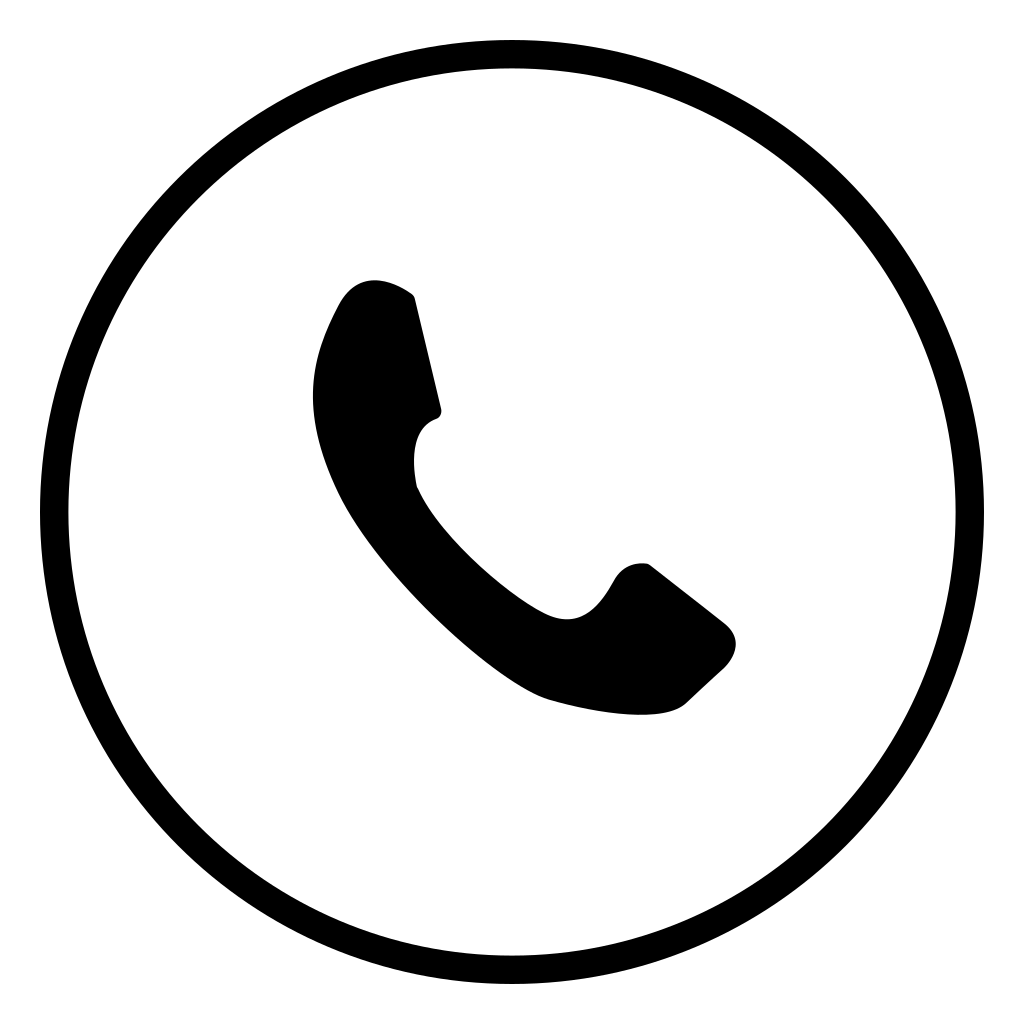The better educated our screen print transfer clients are about the screen printing process, the more successful they will be. The screen printing process is a game of variables, and you must get them all right in order to deliver a high-quality finished product.
The screen printing process begins with taking digital artwork and printing it onto a film positive. A film positive is a clear sheet that is used to help burn the design image into a screen. A film positive must be printed for each color within a design, as each color must be printed separately. If a design does have multiple colors, then you must first separate the colors so that you can make the individual film positives. Once the colors are separated each film positive is printed with a thick black ink. Registration marks are also printed on the corners and will allow you to line up the colors so that they fit together seamlessly.
The next step is to tape each film positive to a screen that has been coated with emulsion. Screens allow you to dictate how much detail and amount of ink is laid down, and they can be used many times over. Emulsion, which is essentially a type of glue, is spread onto a clean and empty screen with a scoop coater. This is done to both sides of the screen, leaving a smooth and even layer of emulsion. Next, the screen is dried, which hardens the emulsion.
There are several different mesh counts for screens, ranging from 50 to over 300. The numbers represent the number of holes in a square inch of the screen, much like DPI represents dots per inch for digital artwork. The higher the mesh count, and therefore the more holes per inch in the screen, the more detail that can be printed. Most screen printing inks are fairly thin, allowing for higher mesh count screens to be used. Screen print transfer inks, however, are usually thicker and require lower mesh count screens. Screen print transfer mesh counts typically range between 60 to 160 to ensure the design is opaque enough after being printed and heat applied. The amount of detail in the design is one of the main determinants of which screen mesh is used, but the color and type of ink will also affect that decision. For example, glitter, metallic, and white inks require lower mesh counts because they are very thick. The thickness of the ink means they cannot print as fine of details as thinner inks like black, which are more easily pressed through the screen.
Once the emulsion is dried to the screen, it is ready to be exposed to UV light. This process is also called “burning” a screen. To burn a screen you must load it into an exposure machine that will expose the screen to bright UV light. The light basically gives the emulsion a final cure onto the screen. The part of the emulsion that is covered by the ink on the film positive is not exposed to the light, which means that the emulsion underneath is not fully cured. Screens need to be exposed for anywhere from one to five minutes depending on what type of mesh screen and emulsion are being used.
Once the screen has been exposed, it is taken out to a large sink where the screen printer will spray it with a pressure washer. This will blast away the emulsion that was not exposed in the exposure unit, leaving behind a perfect stencil. It is imperative that ALL of the emulsion that should be removed is actually removed. If there are small spots of emulsion left on the screen, then it WILL show up in the finished prints. A finished screen must first be dried. Then, it is ready for printing.
A prepared screen must then be taped off. By putting tape around the edges of the emulsion you confine the ink to a small area, and this is very important. Screen printing ink is easily transferred from surface to surface, making screen printing a messy process. Keeping the ink confined on the screen is the best way to ensure it does not end up somewhere it should not be, like on the screen printer’s clothes. Regardless, it is a good idea to wear old clothes or rags when printing to be safe. The screen can be loaded onto the press after it has been taped. The correct ink must then be loaded onto the screen.
While on the press, the screen rests well above the platen until it is pulled down onto the product in order to print. A squeegee will then pull the ink through the screen and onto the t-shirt or whatever product is being printed. There are two primary types of screen printing presses: manual and automatic. Both are typically a carousel, meaning that the bottom boards (also known as platens) where shirts are loaded move around the machine. A manual press involves a person physically pulling the ink through the screen with a squeegee while an automatic machine uses machinery and hydraulics to replace the human element. An automatic press will likely provide a more consistent print, as it is tough for a human to perfectly replicate the same angle and pressure on the squeegee each and every press.
Once printing is finished, the printer must clean all of the ink out of the screen, remove the tape, and then remove the emulsion. Several chemicals are necessary to remove the emulsion from the screen. After the chemicals have been applied, a power washer can easily remove the emulsion from the screen. A degreaser is then used to ensure that there is no remaining residue in the screen. The screen is then dried and, once completely dry, is ready to be coated with emulsion again. A screen can be reclaimed many times and lasts for thousands of prints.
